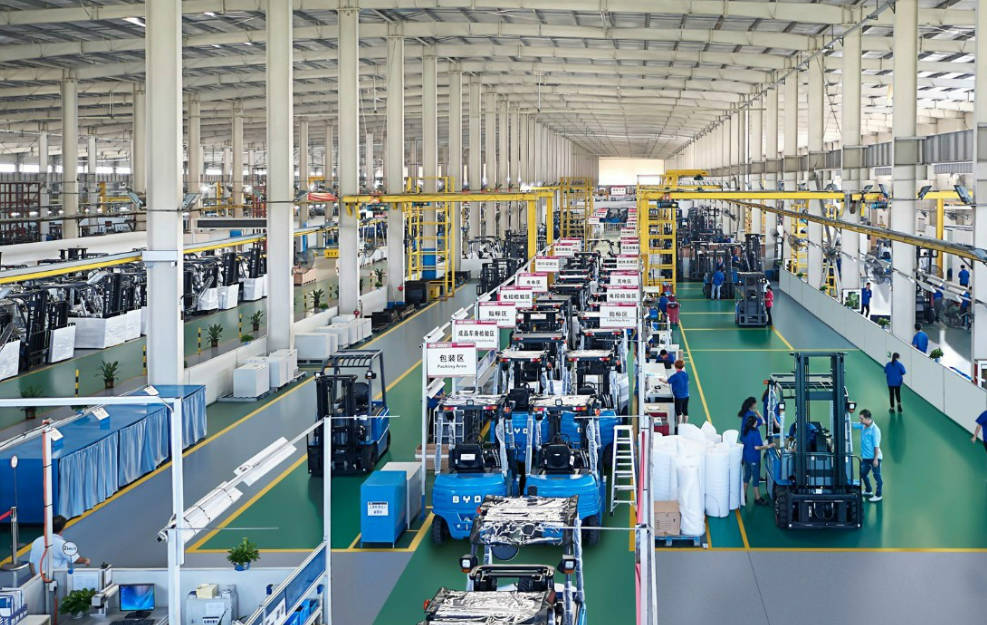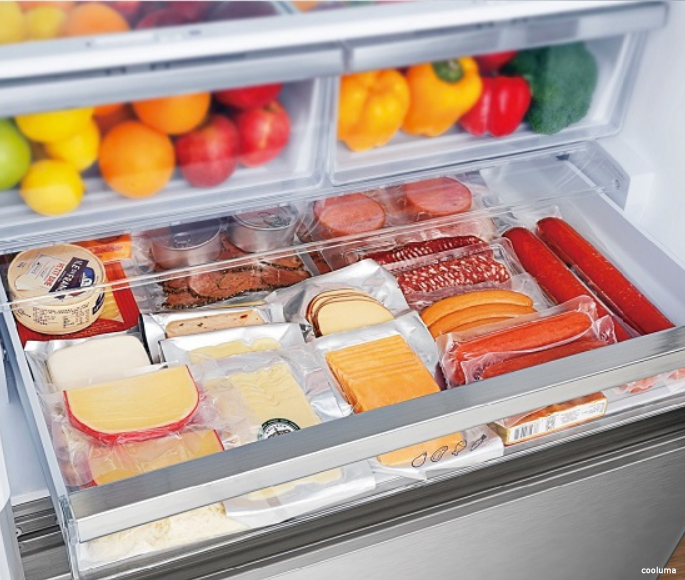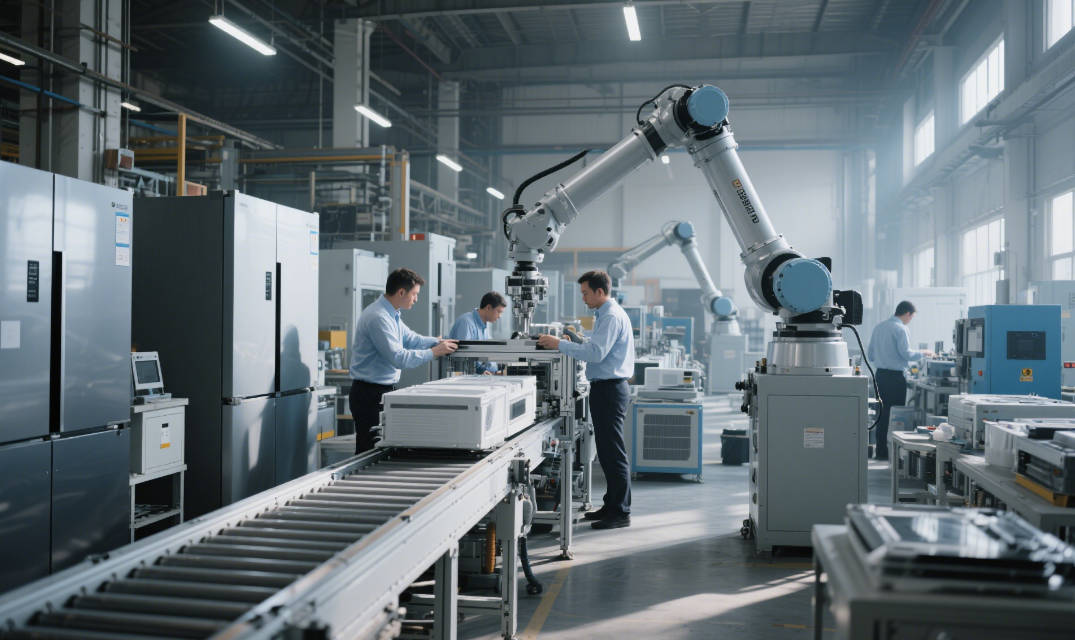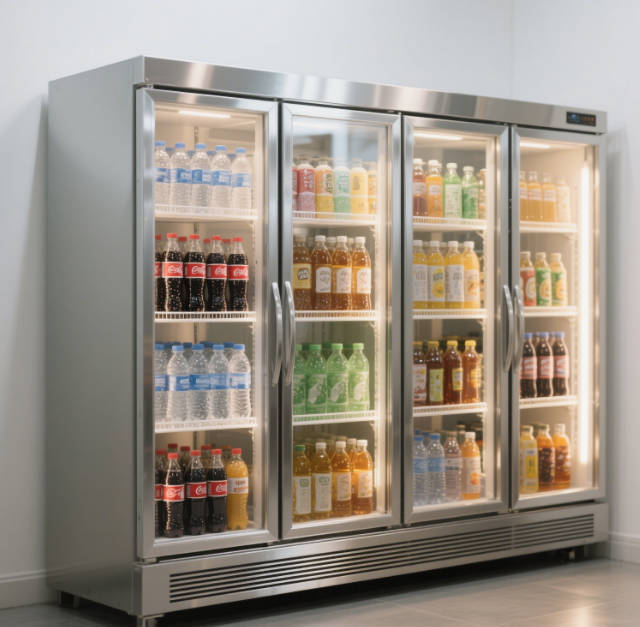
Understanding the intricacies of factory commercial display cabinet production is crucial for businesses looking to enhance their product presentation. This article outlines the comprehensive process from concept to completion, providing insight into the meticulous craftsmanship required for each cabinet.
Design and Planning
The production journey begins with a detailed design phase. Designers work closely with clients to understand their specific needs, such as the type of products to be displayed, the desired aesthetic, and the intended environment. This phase involves sketching out initial concepts, selecting materials, and determining the cabinet's dimensions and functionalities.
Material Selection
Once the design is approved, the next step is selecting the appropriate materials. This could include glass, metal, wood, or a combination, depending on the durability, aesthetic, and budget requirements. Material selection is critical as it affects not only the cabinet's appearance but also its longevity and ability to withstand various environmental conditions.
Cutting and Fabrication
With materials in hand, the fabrication process commences. This involves cutting the materials to size and shaping them according to the design specifications. Advanced machinery is often used to ensure precision and consistency, while skilled craftsmen may also perform manual adjustments for a bespoke finish.
Assembly and Integration
After individual components are fabricated, they are assembled to form the complete cabinet. This step requires careful alignment and secure fastening to ensure the cabinet's structural integrity. Electronic components, such as lighting and temperature control systems, are integrated at this stage to enhance the display cabinet's functionality.
Finishing and Polishing
To achieve a professional and visually appealing finish, the cabinet undergoes a series of polishing and finishing processes. This may include sanding, painting, or applying a protective coating to enhance durability and resistance to scratches and corrosion.
Quality Control and Testing
Before the cabinet leaves the factory, it undergoes rigorous quality control checks. This includes testing for stability, functionality, and compliance with safety standards. Any defects are identified and corrected at this stage to ensure that the final product meets the highest quality standards.
Packaging and Delivery
The final step is packaging the cabinet for safe transportation to the client's location. Special care is taken to protect the cabinet from damage during transit, using materials like foam padding and sturdy crates. Once packaged, the cabinet is dispatched to the client, completing the production process.
Understanding these steps provides a clearer picture of the complexity and attention to detail involved in factory commercial display cabinet production. It's a testament to the skill and expertise required to create high-quality cabinets that effectively showcase products and enhance the overall shopping experience.






This batch of products seems to be of good quality.